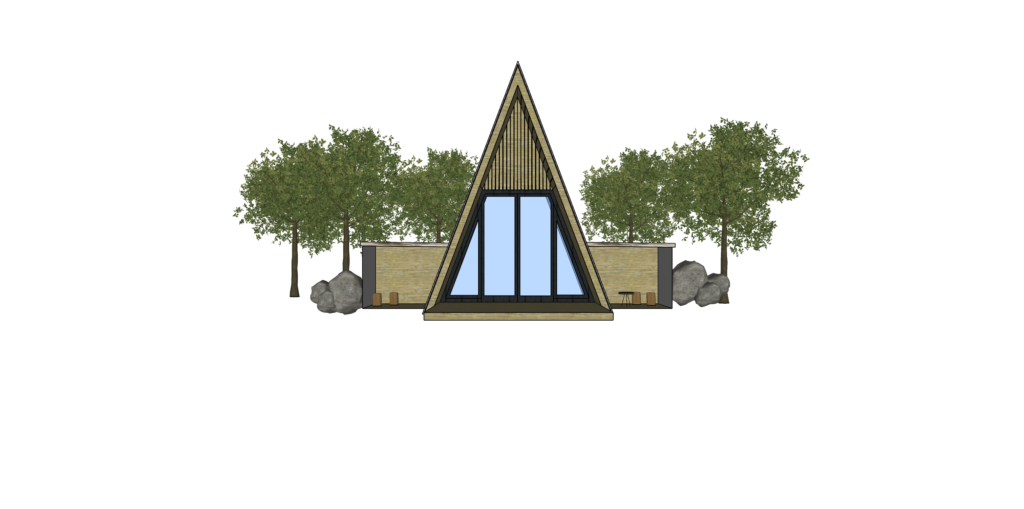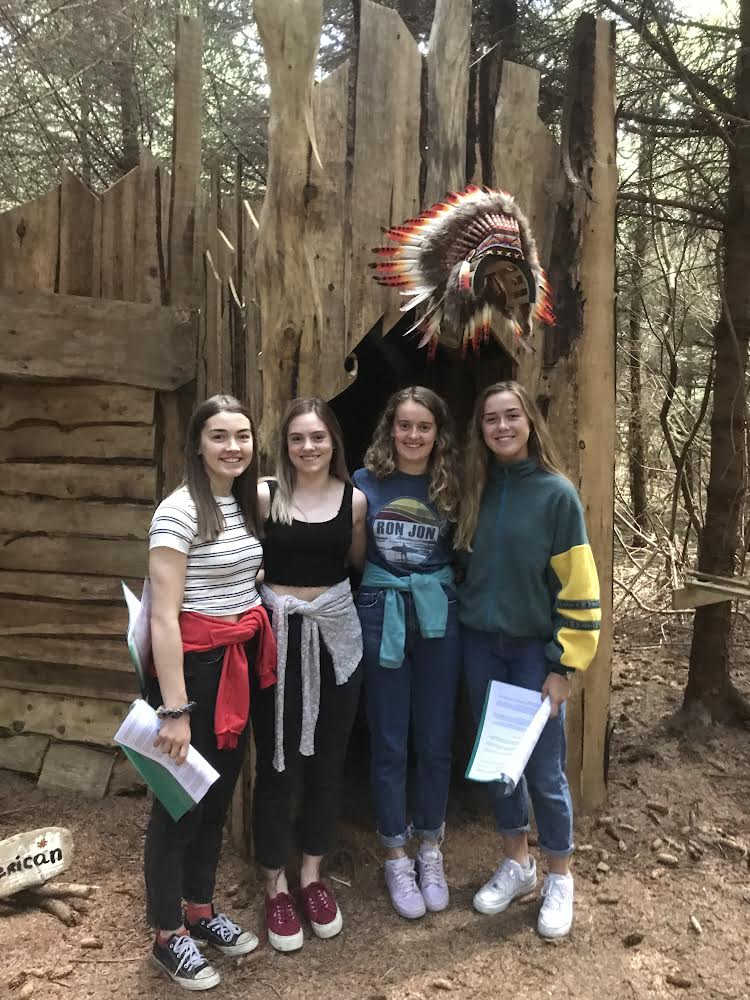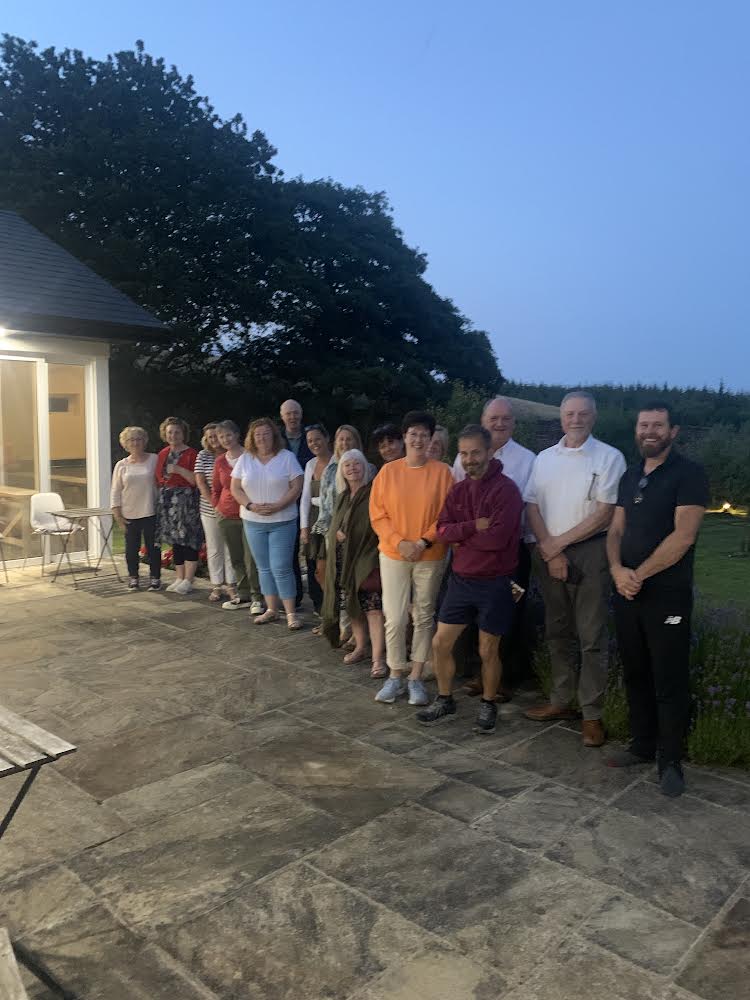About Us
The Parable Garden Education Project is located near Curracloe, Co Wexford. Situated in walled gardens beside the seashore, there are lovely walks in the forests, over the hills and along the beach.
The walled gardens were built during the middle of the nineteenth century to enclose an orchard. Long since lost under weeds and ivy they have now been brought back to life as the Parable Garden Education Project. Here one can discover a special place hidden amidst acres of woodland and marsh. On Holly Hill there is a mysterious two hundred year old shell house and lovely views over the sea. Wandering through the forest paths, across the hill and down to one of the longest beaches in Ireland there is space to nurture the human spirit. That is why this is truly a spiritual place.
The Project
The original meaning of the word paradise is a walled garden, an enclosure within which one can encounter the beauty of nature.Ancient people thought of paradise as an orchard, a safe place where body and soul can be nourished. We call our garden a parable garden because this is a place that celebrates stories, symbols, metaphors and rituals. We invite people to leave behind the complaining, consumer driven culture of the street with all its vulgarity and simplistic judgments. This is a project that invites people to see, to hear, to smell, to touch and to taste in a deeper way so as to nourish the human spirit. It is an education project. The word ‘education’ comes from the Latin meaning ‘to lead out’ or ‘to draw out’. In the Parable Garden Education Project we want to lead you out into a deeper understanding of many philosophical, spiritual and religious insights that have guided people for centuries. Further, we want to facilitate you in drawing out your own wisdom from your deeper self, based on what you have learned about life.
History of the Area
This area of Co. Wexford is associated with St Ibar. Nearby, on Begerin island, he established an early Irish centre of spiritual life and education. These early Irish foundations brought new ideas, spiritual insights and learning to a very insular world dominated by tribal rivalries. Later writings characterise the early Irish saints such as Ibar as magic workers with esoteric powers over humans and nature. The historical reality was very different. These were real people who established centres of education and learning where local people could encounter a deeper meaning in life beyond local warfare, violence and exploitation. Ibar’s centre on Begerin became so well known that other houses were established within sight of Begerin at Ardcavan and Ardcolm. The Parable Garden Education Project does not seek to replicate what our forebears did around this same shoreline but the project is inspired by their search for a ,more wholesome way of living based on various religious,spiritual and philosophical traditions.
Recent History
Creation of the Parable Garden commenced in 2016. Over the past seven years, despite the Covid pandemic, much has been achieved.
- Large number of trees planted, sensitive pathways created and habitats protected.
- Orchard reinstated with 60 fruit trees including apples, plums and pears as well as hazel nuts, olives and gooseberries.
- A small vineyard with 80 vines growing outdoors yielding a significant grape harvest. From the grape and apple harvest we produce wine and cider.
- Over 300 metres of hedging cultivated including griselinia, holly and fuchsia.
People
Despite the impact of Covid, the numbers participating in the project’s activities have significantly exceeded expectations. To date, approximately 3,200 people have attended events and workshops. The age profile ranges from school teenagers to a notable amalgam of young adult groups to mainstream adults. Local community groups regularly use the facilities.
Types of events
- Day seminars and workshops on ecological responsibility, teenage support, young adult resilience, spiritual nurture, educational leadership.
- Parish renewal programmes
- Celtic spirituality courses
- Iconography courses
- Self-care retreat days
- Green therapy retreat days
- School retreats
- Weekly meditation and self-care classes
- Ecological school trips
- Local mental health groups
- Annual educational tours to places of historical and spiritual significance: Rome, Holy Land etc.
As part of the project’s initial development we have constructed 2,000 metres of environmentally sensitive walks through forests and marshlands, produced 20 short and 4 longer films on relevant themes, recorded 7 audio walks and published 4 books related to mental health themes including the ‘Best Self’ series published by Veritas.
Looking to the Future
Since our opening in 2017, an iterative process has informed our planning, based on feedback from participants at events and courses. We are an experience-based education project and feedback from interaction with the natural surroundings of the gardens, forest and marsh has generated an ecological dimension to our evolution. Nature’s Way: A Guide to Green Therapy by Tom Gunning, published by Beehive Press in 2022, was a response to the therapeutic effects of the gardens on visitors and participants. There are three important dimensions in looking to the future of the project.
Research
An appreciation of nature as a healing and therapeutic agent has led to recent developments. In 2023 we became the lead partners in a research project undertaken by a team from the Agricultural Science Department in UCD into the benefits of nature on adolescent health and wellbeing. This research is funded by Wexford County Council and the Sláintecare Healthy Communities programme.
Ecology
Since opening, we have developed an experience in ecology for second-level students with a particular focus on responding to eco-anxiety. Eco-creativity has proven itself an uplifting response to a global issue that often overwhelms adolescents. Over time, the topography of our site, including the marsh area, will open up many different pedagogical experiences including the latest in augmented reality experiences.
Celtic Spiritulity
Drawing from the wellsprings of Celtic Spirituality is an important aim of our project. We offer day seminars and have produced a film on the topic, while Michael Drumm has been commissioned by a USA publisher to write a book on Celtic Spirituality. As we listen to the echoes of Ibar and Begerin we are reinterpreting their insights for a modern, scientific, secular world. The approach is not romantic nostalgia for a dead past but an intellectually rigorous encounter with Celtic traditions yielding new insights into Celtic stories, symbols, metaphors and rituals. Irish Christianity has borne the flavour of this Celtic soul since the time of Patrick and Brigid. With its focus on nature and rural life it now enters dialogue with contemporary ecology and environmental awareness.The inspirational text of Pope Francis, Laudato si’, calls for a renewed ecological spirituality and education. Our engagement with ecology and Celtic Spirituality is a response to this challenge
Next Steps
- The marsh is an area of outstanding potential for pedagogical and ecological experiences as it boasts a range of unique landscapes. A path through the marsh to Ballinesker beach will utilise this resource.
- The 200-year-old shell house on Holly Hill is in urgent need of repair and restoration. It has been wonderful to retrieve this hidden gem for the local community. We hope to conserve this space for future generations.
- A quiet icon chapel/sacred space to facilitate participants’ personal search and spiritual reflection.
- Since opening, participants have asked for on-site accommodation to enhance the experience. Pod hermitages on Holly Hill would respond to that need.
- A forest classroom will facilitate our involvement with ecological programmes in second-level schools. A purpose-built unit will support our work in green therapy and adolescent health and wellbeing. The forest class room will nurture the relationship between people and nature through biophilic design. This is a method of introducing various natural features into the built environment. Biophilic design can reduce stress, enhance creativity and clarity of thought, improve our well-being and expedite healing.






